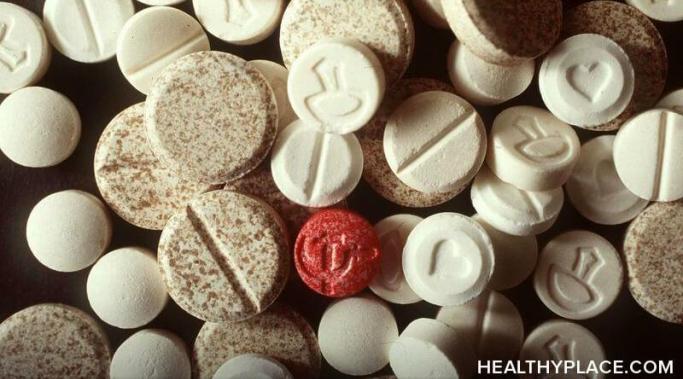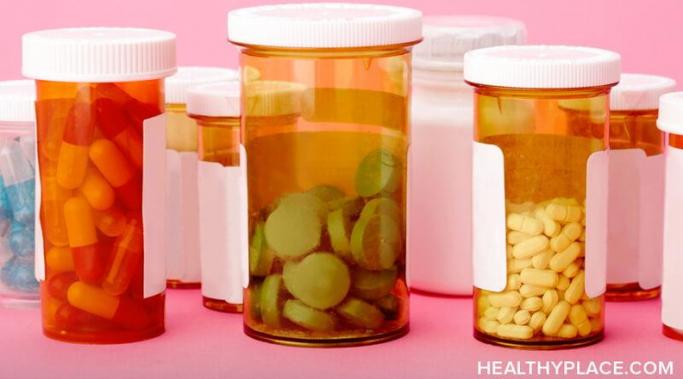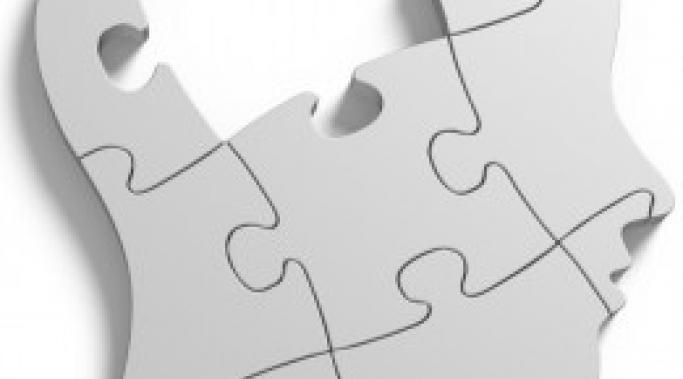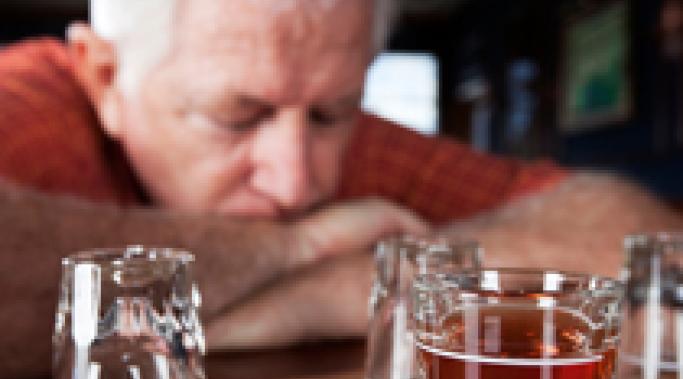Prescription pain medication addiction can happen more quickly than you can imagine. Here is my story of being addicted to pain medication.
Addictions
The opioid epidemic and hydrocodone/acetaminophen (Vicodin) use have spread through the United States like wildfire. The United States makes up only 4.6% of the world's population but consumes 80% of its opioids -- and 99% of the world's hydrocodone, the opiate that is in Vicodin. Most of those prescriptions are unnecessary. The use of hydrocodone/acetaminophen, the most popular pain relief drug in the country, has grown dramatically from 112 million doses prescribed in 2006, to 181 million in the U.S. today, according to a national survey done by the consulting firm Intercontinental Marketing Services (IMS) Health. Clearly there is an opioid epidemic and clearly, a large part of the problem is Vicodin use.
Depression and addiction can occur together – a dual diagnosis. For a recovering addict like myself, the hopelessness that always followed me was confusing—am I depressed or coming down from the high? Which came first, the depression or the addiction/hangover?
You need to understand your addiction and how addiction hijacks your brain. Addiction grabs hold of you right at your body’s information center, altering the brain in many powerful ways. Repeated exposure to substances can impact how your body reacts to everyday events, stressful situations and even the drugs or alcohol that you’ve come to crave. A brain hijacking is an apt metaphor: with addiction at the wheel, it steers you right toward the substance that will provide those euphoric feelings associated with your first high or buzz. Here’s some information to help you better understand your addition.
It is one thing to accept that you need help—it’s another to find a substance abuse recovery center that matches with your, unique self. You want to find one that focuses on your type of addiction, gender and age, while also providing a tailored treatment plan that specifically fits your needs. Finding the right recovery center, metaphorically, is much like strolling through stores for the right pair of pants. Thousands are out there, but few are the perfect fit for you.
So which recovery center holds the key to your success? Start by investigating the principles required for an effective rehabilitation program and the various models that exist within them. These can include in- and out-patient care facilities and holistic vs. medication approaches.
Recent Study Shows Male Seniors Drink Eight Times as Much as Women
The baby boomer generation is known for being the 1960s “wild child” generation that redefined American culture with sex, drugs, and rock and roll. As 10,000 baby boomers are turning 65 each day, they are collectively changing the landscape of what it means to be a senior citizen. Baby boomers experimented more with alcohol than any other previous generation, and we can expect prevalence of binge drinking, at-risk drinking, problem-drinking and related alcohol problems to worsen.
You’ve heard the term "binging," as in binge eating and binge drinking. It means excessively indulging in an activity, especially eating. Like binging on chocolate or going on a binge by drinking too much liquor. I have experience with both.
Alcoholism relapse prevention is an important part of recovering from active using whether it is alcoholism or another type of addiction. Any person who has entered any type of drug or alcohol treatment center or twelve-step program will have at least a general idea of what this alcohol relapse prevention program looks like for them. This plan might include the activity of doing a daily inventory to keep an eye out for increased irritability or other red flags that will help them know they are at a high risk of using again. This way they can reach out for help or increase their recovery efforts before it’s too late.
Family of Alcoholic Needs Relapse Prevention Program Too
Families and loved ones of an alcoholic or addict also need a relapse prevention plan and this is one key element that is missing in many recovery programs.







